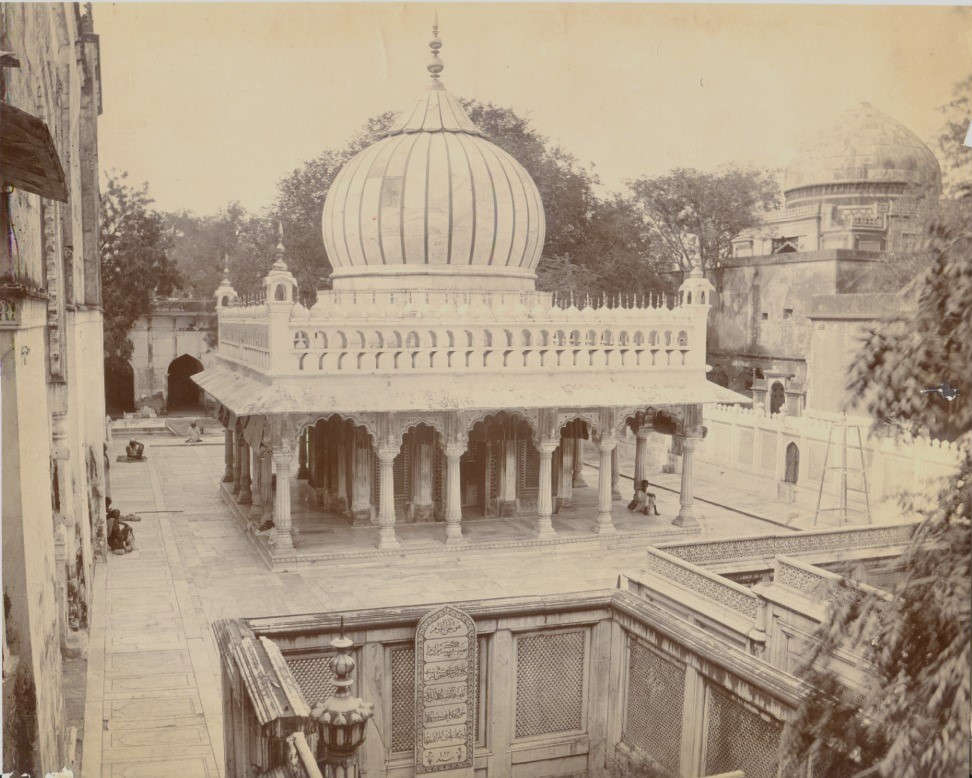FWP:
SETS == SYMMETRY
ABOUT 'Hindu' as 'black': In the philological sense 'Hindu' (together with 'Hindustan', 'Hinduism', and all the 'Hind'-based words) has nothing to do with color; the ultimate derivation is from the Sanskrit sindhu , 'river', which became the Latinized 'Indus' and was misunderstood by incoming western travelers as the name of a particular river, so that 'India' came to refer to the land beyond (that is, to the east of) the 'Indus' River. In Persian the same word became hind . The association in Persian of the adjectival form hindū with blackness may have come about because most Indians are darker in complexion than most Persians (and than most British officers, which gave rise to a Ghalibian anecdote), and/or because from an Islamic point of view India is full of the moral darkness of idol-worship.
But then came the classical Persian and Urdu ghazal, with its wild transgressiveness. As any ghazal reader knows, the ghazal world is made from a radical inversion of conventional values: the Advisor, the Ascetic, the Shaikh appear as villains or fools, the Ka'bah itself is often denigrated-- while the Brahmin and the and the practices of 'idol-worship' come off much better (especially since the beloved herself is an 'infidel' [kāfir] or an 'idol'). Similarly, the ghazal world practices a good deal of color-inversion, in which (virtuous, clear) whiteness is challenged by (potent, irresistible) blackness-- the blackness of the lover's nights of suffering, the blackness of the beloved's curls, the blackness of the suvaida in the lover's heart and the beauty-spot on the beloved's cheek.
In short, the untroubled enjoyment shown by the commentators-- who are Indians all, from 'Hind', and thus in a strong sense hindū themselves-- confirms the basic truth that the ghazal world has many fine metaphorical uses for Hindustan, and for its darkness or blackness. Only someone who knew very little about the classical ghazal would take the idea of the 'blackness' of Hindustan in a 'natural poetry' way, as an expression of real-world racism or disdain.
The first line of the present verse offers a lovely picture of humility, confiding submission, and contented simplicity-- for the lover seated in the shadow of the beloved's wall is receiving both (literal) shade from the sun, and (metaphorical) shelter and protection accorded by the wall-owner. What more could the true lover desire?
So it is both a surprise, and then not a surprise, to find in the second line that the lover is also (in pointedly Persianized royal vocabulary) the 'decree-issuer of the realm of Hindustan'. The second line thus equips the same submissive lover with the highest degree of rank and power obtainable in the realm.
As Faruqi points out, there are three ways that this attribution of grandeur can be read: (1) the one who is seated there is so ecstatically happy that he feels himself to rule the realm ('as happy as a king'); or (2) that one in some sense actually is, by virtue of his (mystical) rank as a lover, the 'real' king of the realm; or (3) most literally, the one who is so humbly seated there happens to be the actual king in person, struck by the same irresistible arrows of passion that afflict everyone else.
No matter how we read it, the lovely paradox of submission and exaltation remains. The verse is grounded on the invocation of 'symmetry'-- the assertion 'A is B' (the lover is a king), with its grammatically unavoidable corollary 'B is A' (the king is a lover). It's this very simplicity that gives it an open-ended dignity and charm.
An excellent verse for comparison is {129,4x}.

Nazm:
The special feature of Hindustan is that in the shadow of a wall there is darkness, and Hindustan too is a black [kālā] country. (148)
== Nazm page 148